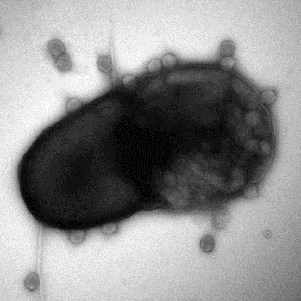Facts:
Viral shunt is a mechanism in which particulate organic matter is recycling into dissolved organic matter, which can be readily taken up by microorganisms, and thus keeping it from migrating up trophic levels. Viral shuttle is a process where cells infected with viruses form larger particles that sinks faster and sometimes are grazed more.
Source: Wikipedia: Viral shunt.
Sullivan, Matthew B.; Weitz, Joshua S.; Wilhelm, Steven. 2017. "Viral ecology comes of age: Crystal ball". Environmental Microbiology Reports. 9 (1): 33–35.
Mycoloop is a process where parasitic fungi render otherwise inedible phytoplankton edible to zooplankton grazers, by fragmentation or by producing zoospores.
Mycoflux is any fungal interaction leading to aggregation or disintegration of organic matter.
Source: Grossart, HP., Van den Wyngaert, S., Kagami, M. et al. 2019. Fungi in aquatic ecosystems. Nat Rev Microbiol 17, 339–354.
